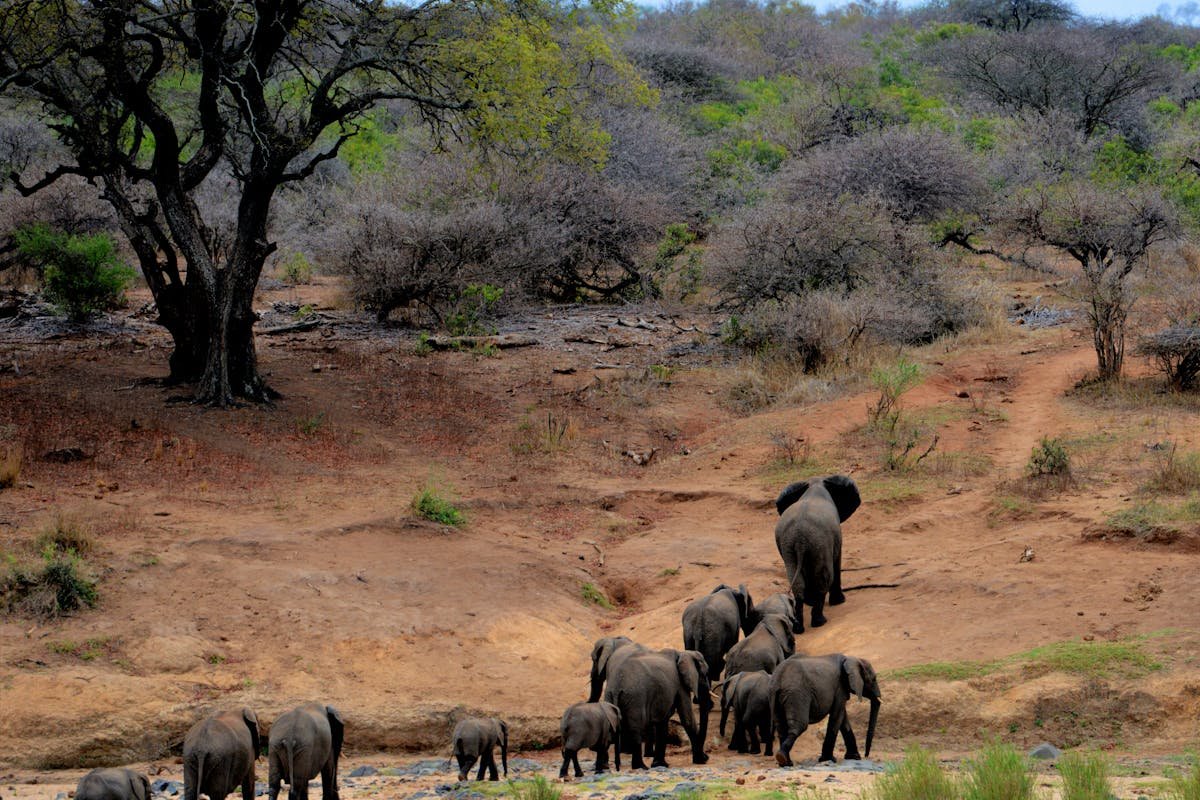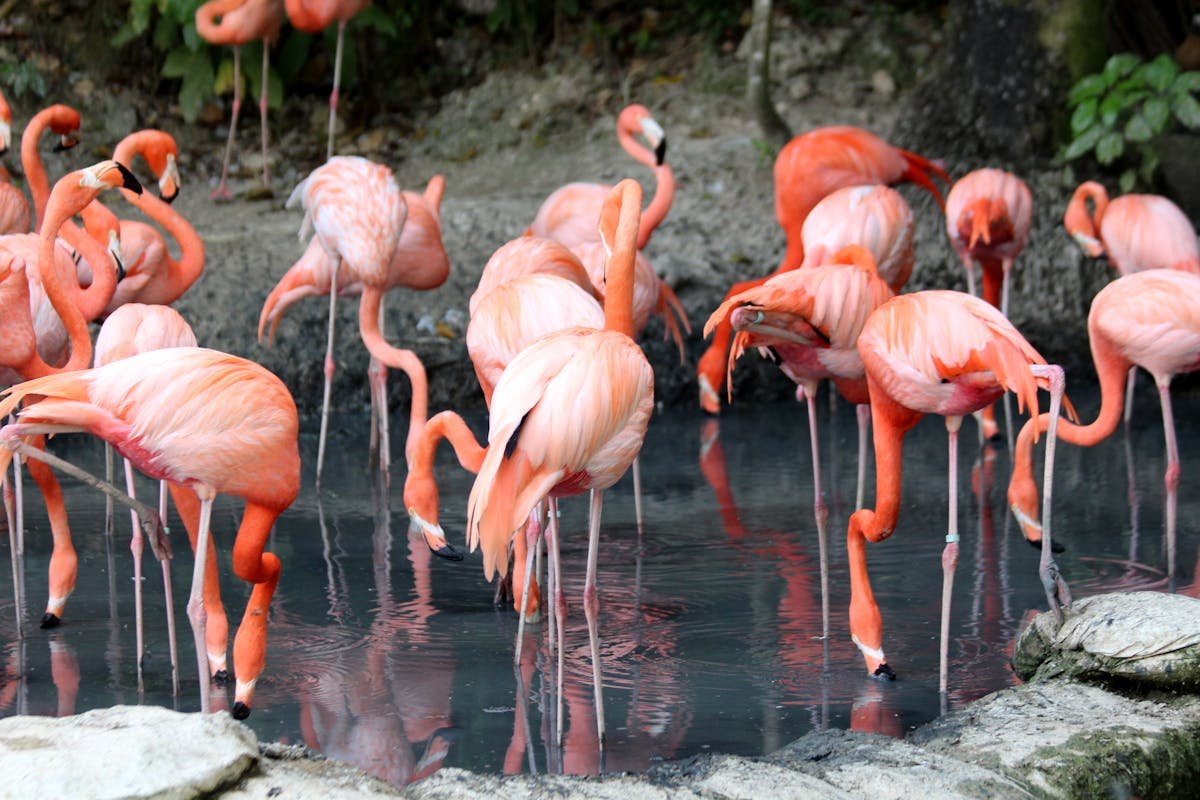Urban Wildlife Isn’t Just Surviving—It’s Outsmarting Us (And That’s a Problem)
Extinction & The Future of Wildlife / Date: 05-23-2025

So you think cities are for humans? Cute. Somewhere between the crosswalks and concrete, something wild is happening—and it’s not in the woods. Foxes are stealing shoes in Berlin. Coyotes strut through Chicago like they pay rent. And pigeons? Let’s just say they’ve turned public parks into their living rooms.
This isn’t some quirky accident of nature. Under our noses, a fundamental and covert metamorphosis is taking place. In this article, we’re peeling back the concrete to expose how animals aren’t just adapting to urban life—they’re mastering it. You’ll discover why the “urban = anti-nature” myth is dead wrong, how raccoons became lock-picking experts, and what you might be doing right now that's turning your neighborhood into an animal playground.
The Big Lie: Cities and Wildlife Don't Mix (Guess What—They Do)

Let's begin with a well-known myth:
“Wildlife belongs in the wild. Cities push animals out.”
Sounds logical, right? Only it’s 100% false—and outdated.
A 2024 study published in the journal Urban Ecology Frontiers tracked 1,300 urban species across five continents. The kicker? Over 70% of them were thriving better in cities than in their natural habitats. Why? Fewer predators, abundant food waste, and stable microclimates (think heat-retaining buildings in winter) made cities irresistible.
And it’s not just scavengers like raccoons and rats. Peregrine falcons are now nesting in skyscrapers from New York to Tokyo. In fact, as of early 2025, more peregrine falcons now live in urban areas globally than in remote cliffside nests—according to a sub-study released by McKinsey Environmental Risk Index.
Still think animals are getting pushed out?
Let’s be real—they’re moving in.
Raccoons, Rats, and Real Estate: How Animals Are Beating the System
So how are these critters pulling it off? One word: adaptation.
Let’s talk about raccoons, aka the masked bandits of modern cities. You’ve seen the memes. But did you know Toronto raccoons have learned to unscrew child-proof trash bin lids—with their paws?
A 2024 experiment by biologist Hannah Lee (University of British Columbia) compared rural and urban raccoon populations. Rural raccoons failed to open Lee’s modified bin in under 3 minutes. Urban raccoons did it in 26 seconds flat. Some even shared techniques—literally teaching each other like trash-can Jedi.
Then there’s the rat mafia. Sorry—rat colonies.
Rats with GPS tags were discovered building multi-home "nest hubs" in San Francisco, using food caching techniques more sophisticated than some people's supermarket shopping. They’d map out safe zones, split labor, and reroute during heavy foot traffic. “It’s not just survival—it’s strategy,” said Dr. Carmen Bello at CES 2025 during a panel on urban bio-mapping. Yes, there was a whole talk on rat intelligence. No, we didn’t make that up.
And if you think this is only happening in wealthy countries—nah. Monkeys in New Delhi time their street crossings to traffic light changes.
Case Study: The Coyote Who Outsmarted Chicago (And Made Us Rethink Everything)
Back in early 2023, a coyote tagged "C-22" by the Urban Wildlife Institute in Chicago started showing up in unexpected places—city buses, rooftops, and even beneath a football stadium. C-22 wasn’t just passing through. He was scouting.
The institute, through AI-aided tracking, found that C-22 had mapped the entire northern half of the city. Not only did he avoid high-traffic zones, but he also used human patterns—like lunch breaks and rush hour lulls—to move unnoticed.
The crazy twist is that other coyotes were inspired by C-22's movements. 37 more were seen traveling over comparable routes by 2025, demonstrating that urban coyotes are culturally transmitting. One animal’s behavior literally rewrote the playbook for an entire group. Imagine a coyote with Waze and a YouTube tutorial. That’s what we’re dealing with.
Here's What You're Doing (Unknowingly) to Help Them Thrive
We love to blame city planning, but guess what? You’re part of the ecosystem too.
- Leaving pet food outside? That’s basically a raccoon buffet.
- Tossing half-eaten sandwiches in a park bin? You just fed three rat families.
- Installing cozy roof vents? Congratulations, you've built a possum condo.
And here's the twist: animals aren’t just adapting to human mistakes—they’re adapting to human routines. Squirrels in Central Park have been recorded adjusting their activity patterns to tourist peak hours. Let that sink in.
Follow Us
Newsletter
Subscribe to our newsletter to stay updated with our latest news and offers.
We respect your privacy.Trending









